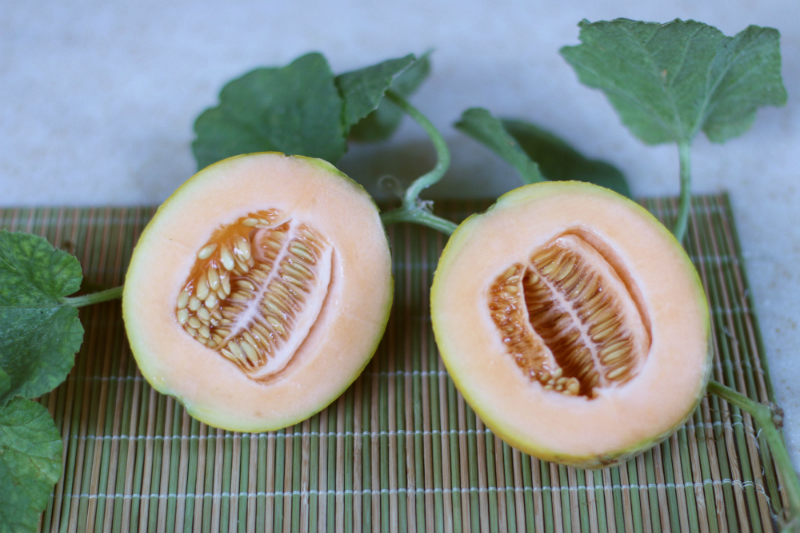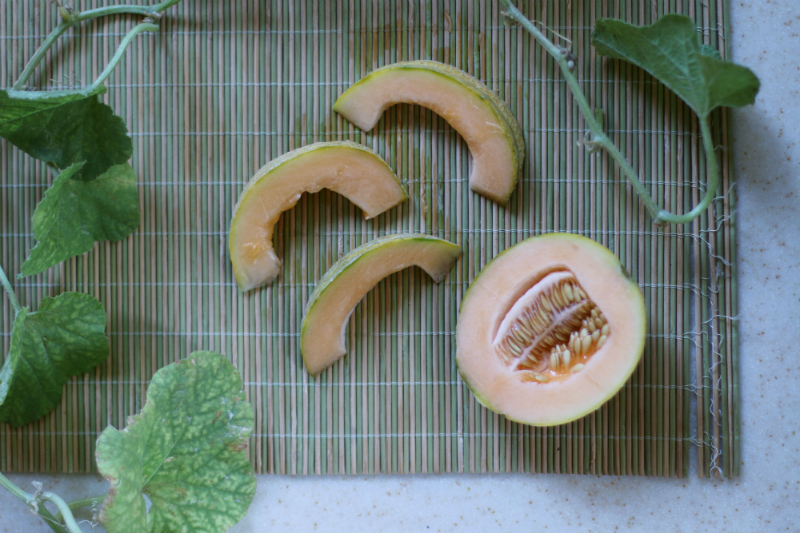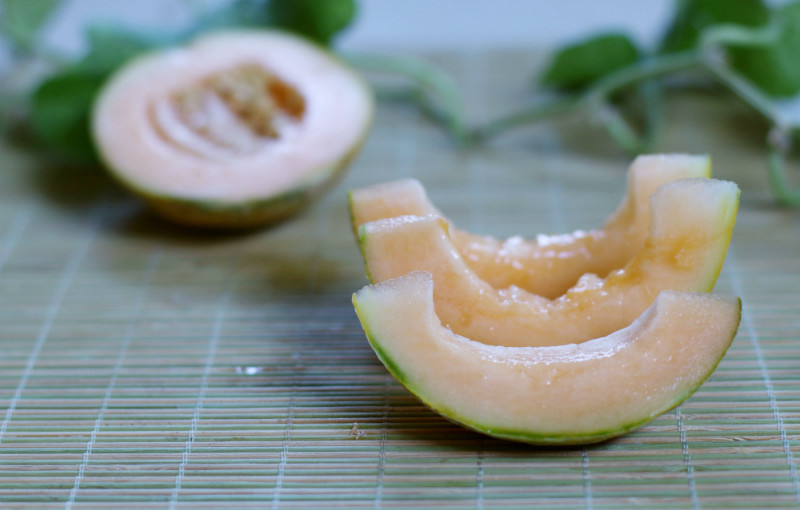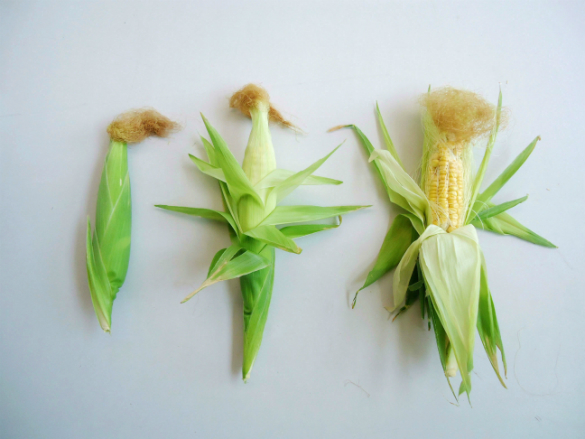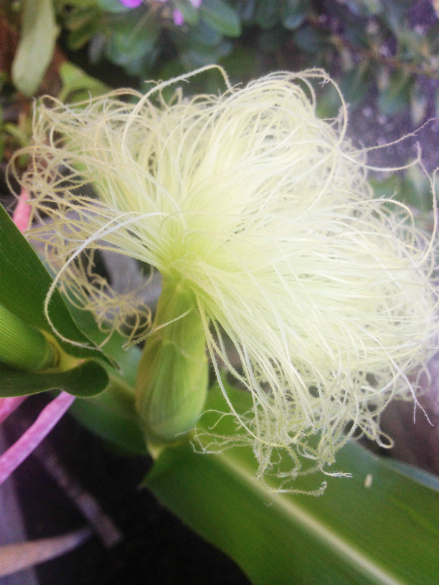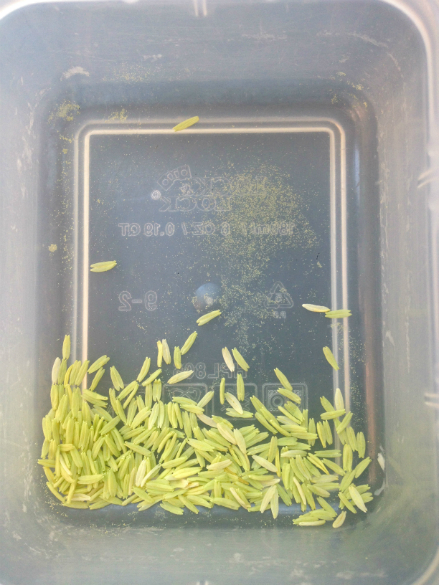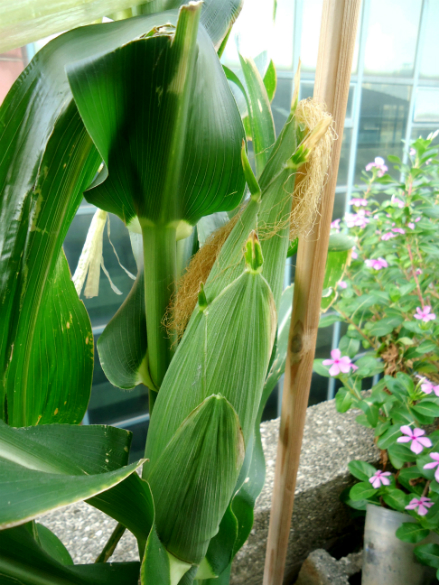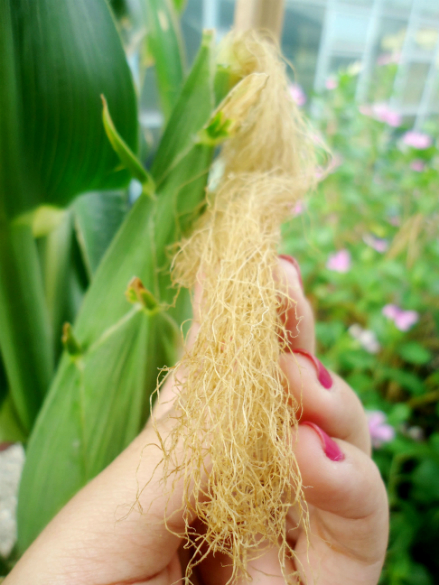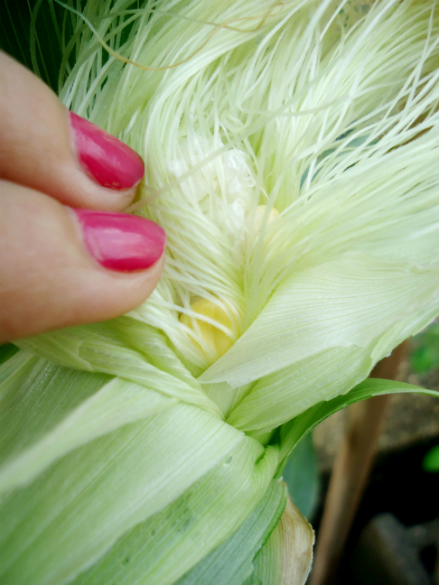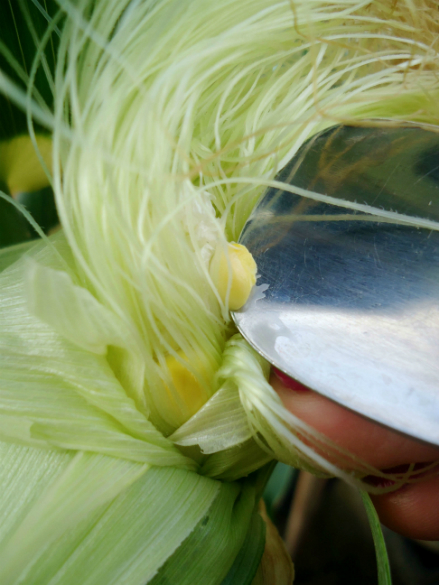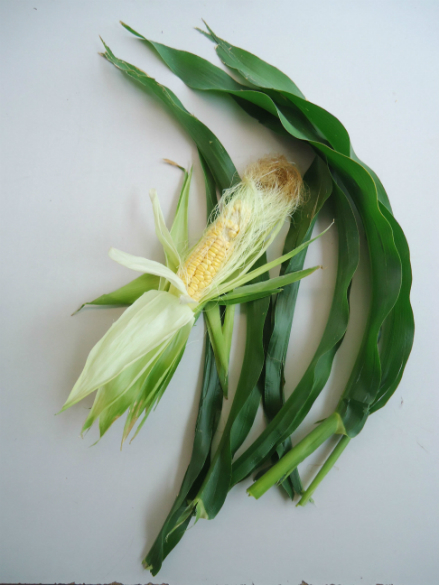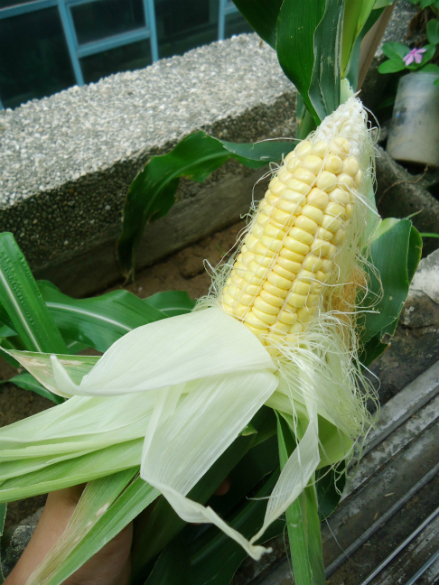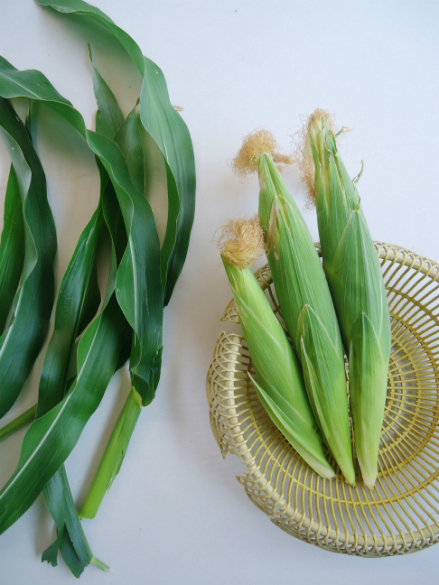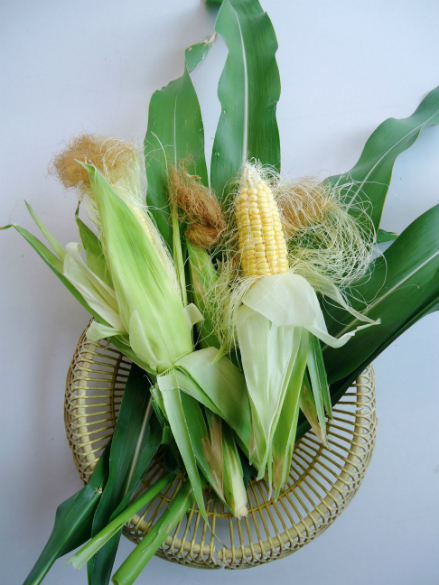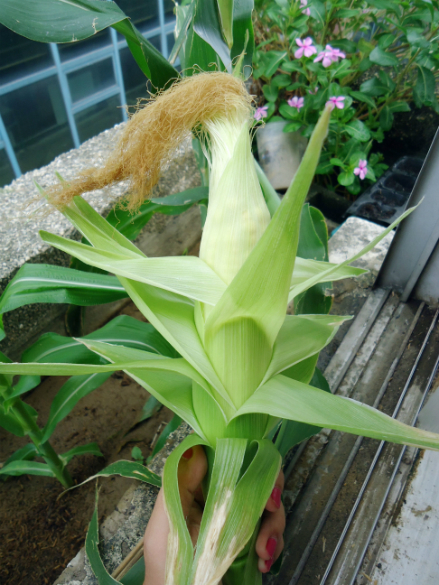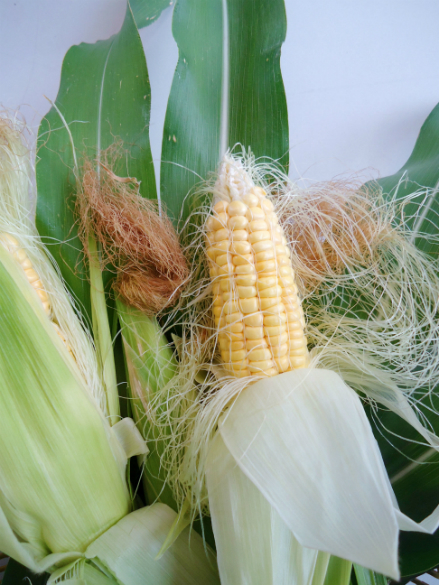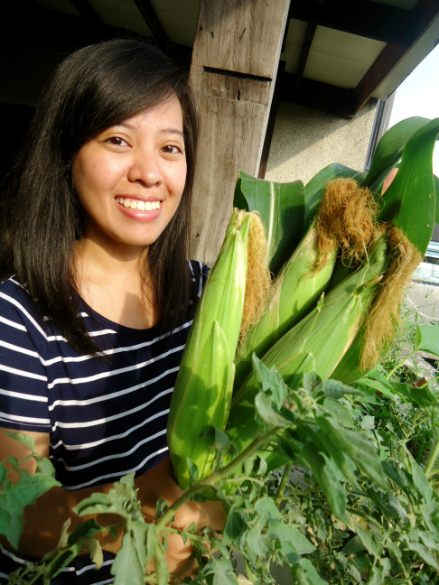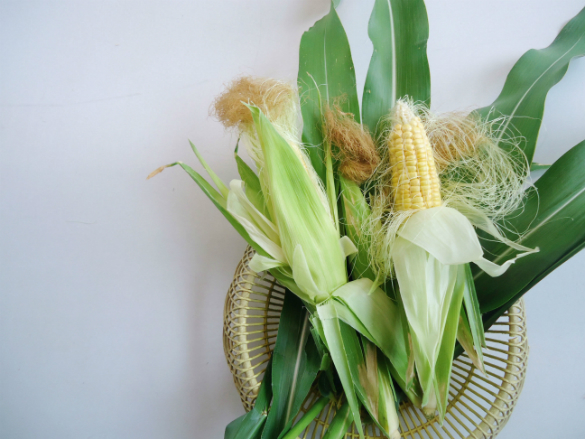As mentioned in my previous post about melons , here are some things that we can take note of when we’re growing melons in containers. :)
1. Grow Seedlings
Start by planting seeds in small plastic cups filled with soil. It’s best to plant one seed in each cup for easier transplanting. Then, sprinkle fertilizer on the soil to help the seedling grow. After two weeks, it will most likely grow 4-5 inches long. By this time, you’ll see heart-shaped leaves (well, sort of) which have a furry texture.

2. Transfer to a Bigger Pot
When the seedling is about 4 inches long, you may transplant it so its roots can grow deeper in a bigger bed or pot of soil. You may use a large pot that is 15” wide and 15” tall. Any pot or container with a similar or larger dimension is enough. Before carefully transferring the seedling, make sure to sprinkle fertilizer on the soil and mix thoroughly. I usually add 2-3 tablespoons of powdered organic fertilizer to loose soil.
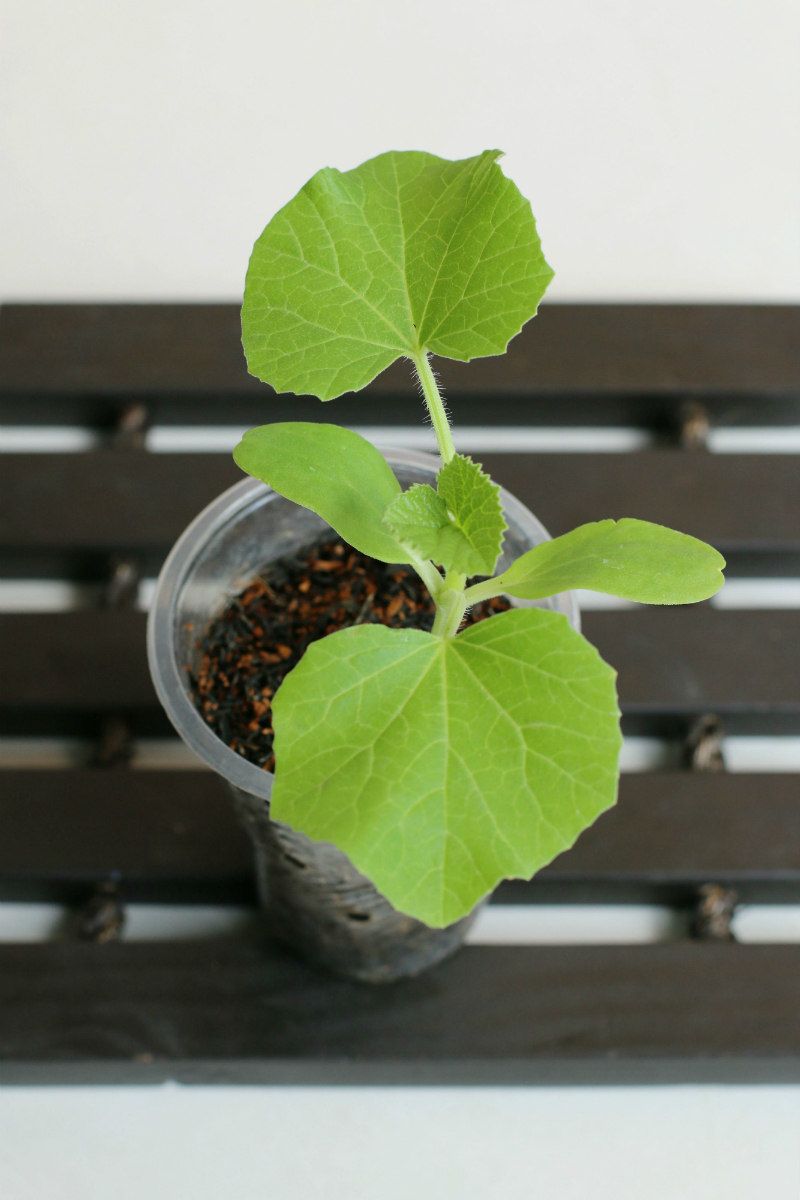
One important factor to consider when transferring the seedling is being gentle with the roots. Transplanting can be very stressful for any plant, so try to do your best not to damage or cut the roots in the process. Also, once the seedling is placed in its new container, its roots must be covered with soil and mulch (e.g. dried leaves, hay, etc.). This will protect the roots from being exposed too much to the heat of the sun.
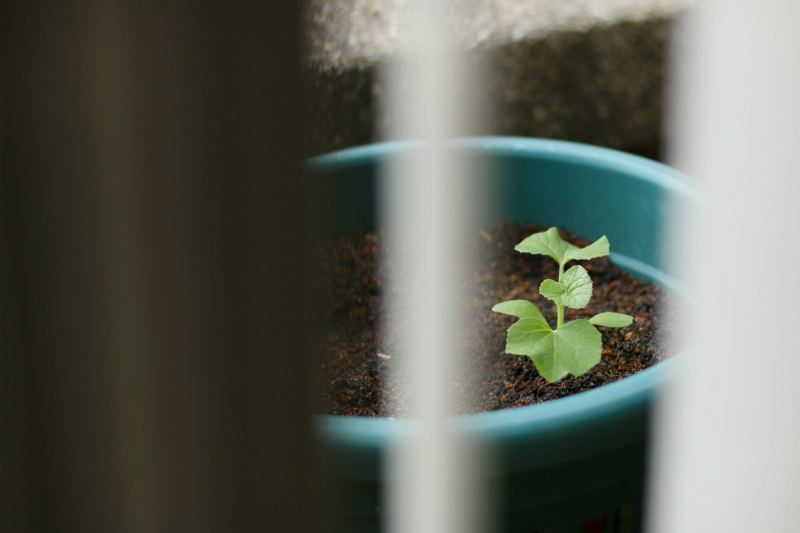
3. Watch Out for Flowers (Male and Female)
This is one unique trait of fruit-bearing vines. They grow male AND female flowers. The latter ones eventually become the fruit, when they are properly pollinated with the male flowers. It’s important to look out for the flowers when the plant is growing because the female flower only opens up for a few hours in its lifetime.

If you don’t get to transfer pollens from the male flower to the female flower, the fruit won’t grow. The male flowers will first appear and then, after a few days, female flowers will bloom too. The difference between the two is the flower’s stalk. The male flowers have a thin stalk; while the female flowers will have a rounded one, similar to having a small ball below the yellow petals.
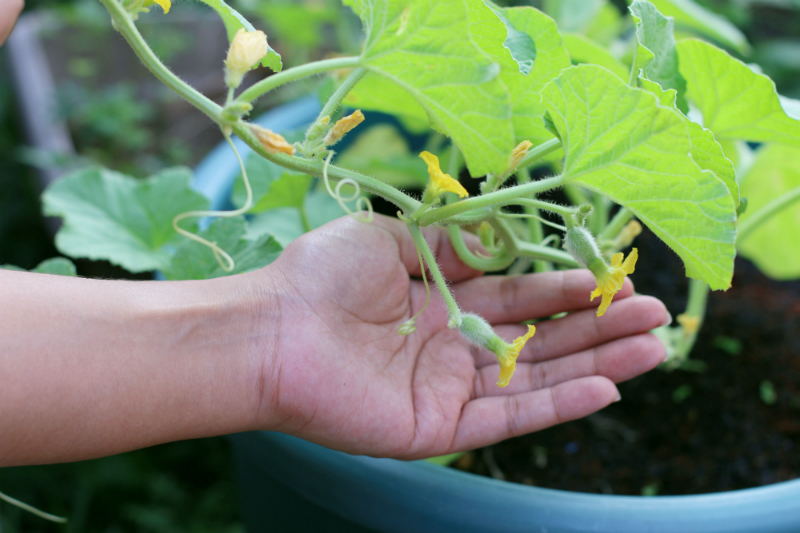
4. Pollinate by Hand
When the fruit-bearing vines are grown in larger areas like farms and fields, pollination is usually done by the bees. But, if we want to grow fruits from vines in smaller containers at home, it would require pollination by hand. How exactly do we pollinate by hand? It’s a simple process, but it can only be done when the female flower opens up. Once you see the petals of the female flower spread out, you can get one to three male flowers and remove its petals.
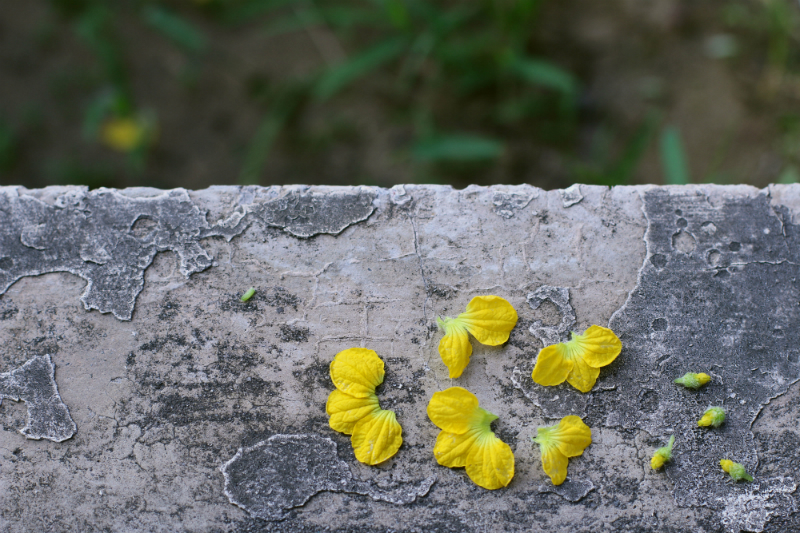
Our goal is to transfer the yellow dots (pollens) from the middle of the male flowers to the bud of the female flowers by carefully rubbing it against the latter. After a few hours, you’ll notice that the petals of the female flowers will start to close up and cover the bud. Then, in a few days, it will begin to form the fruit.
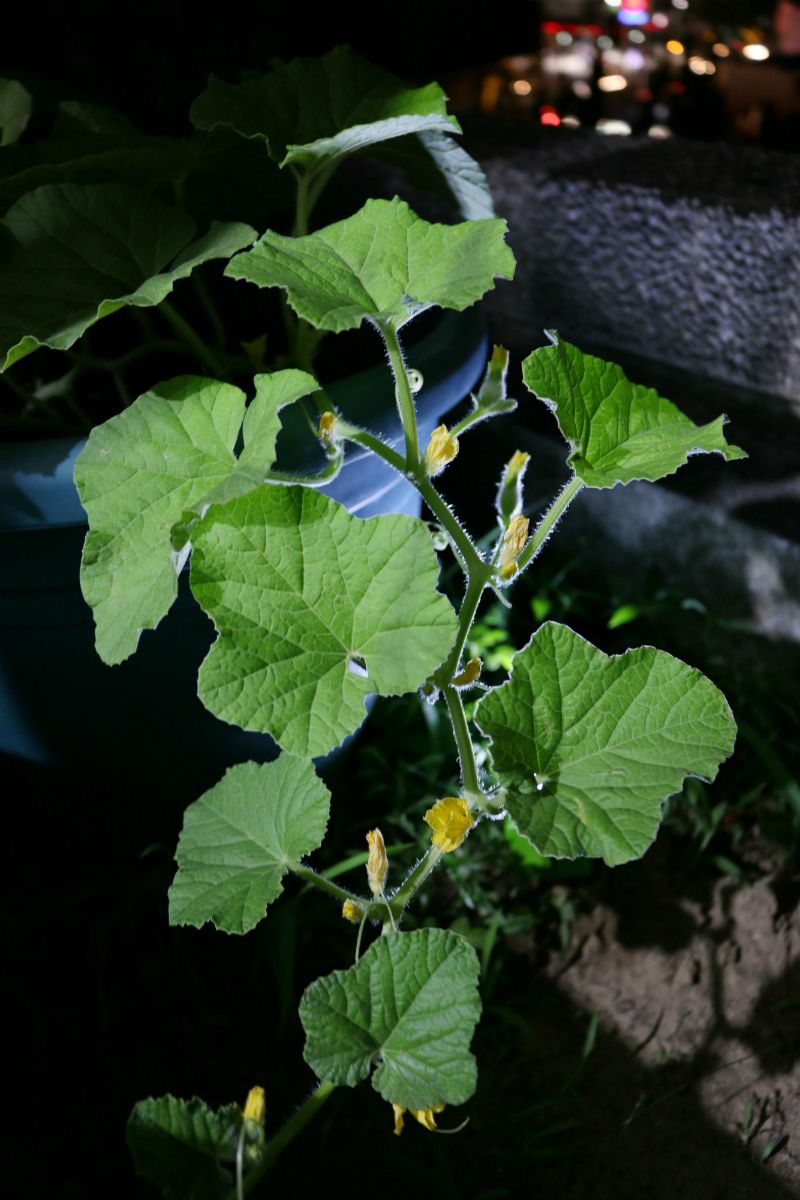
5. Fertilize and Water when needed
You can add fertilizer to the plant every time it goes through the different stages of growth (e.g. when the plant grows it leaves, longer stems, flowers, and fruits). Another option is to add fertilizer every two weeks. On the other hand, when it comes to watering the plant, you can water the plant once a day, depending on the weather in your area. Since it’s hot and humid in the Philippines (where I live), I usually water the plant once or twice a day. However, by the time the fruit matures, it’s best to lessen the water added to the plant’s soil. Overwatering may hinder the fruit from reaching its maximum sweetness.
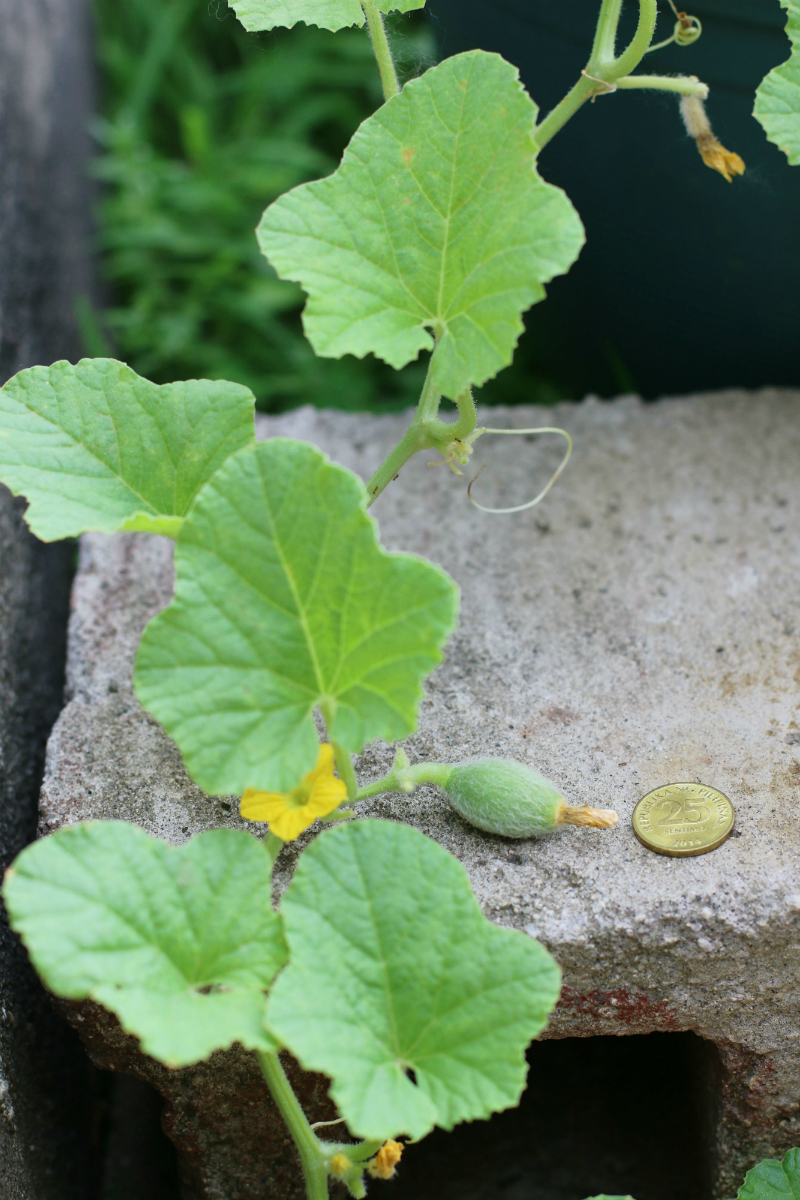
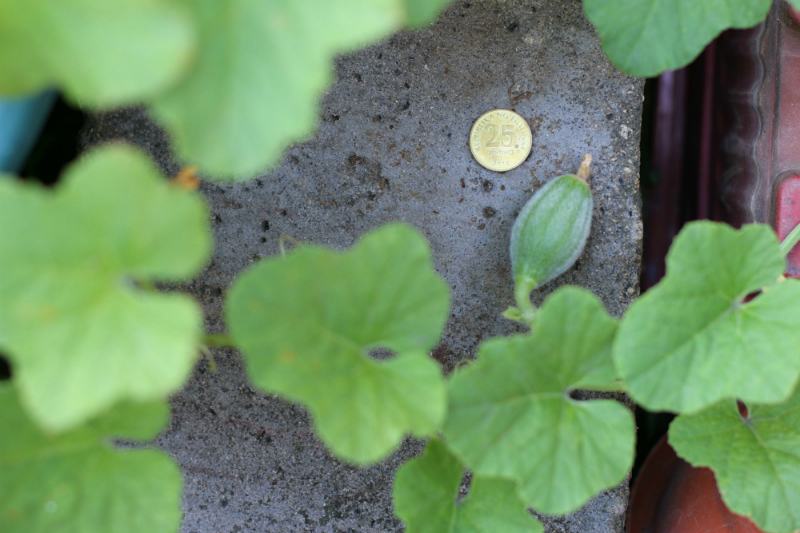

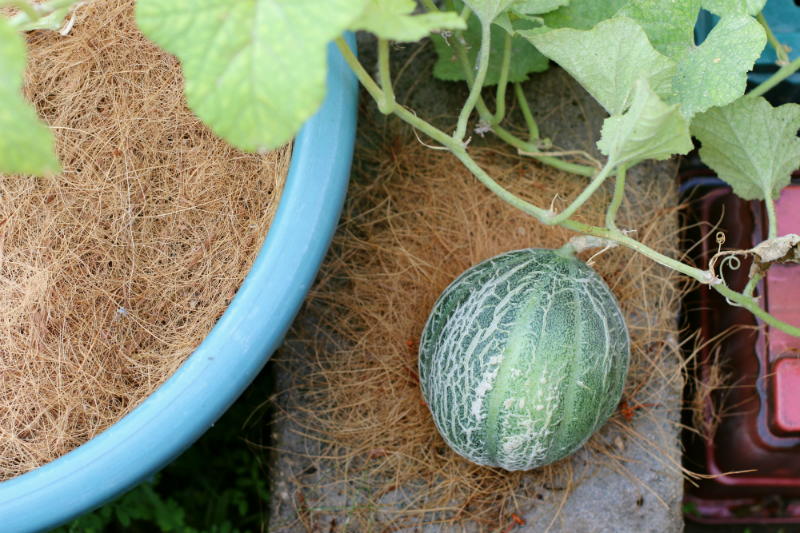
6. Harvest
Melons that are ready for harvest will show the ff. signs:
a. The color of the melon will turn from green to orange or yellow orange.
b. The fruit will have a sweet smell especially when you go closer to the stem of the fruit.
c. The stem will easily detach from the fruit when you slightly move the melon.
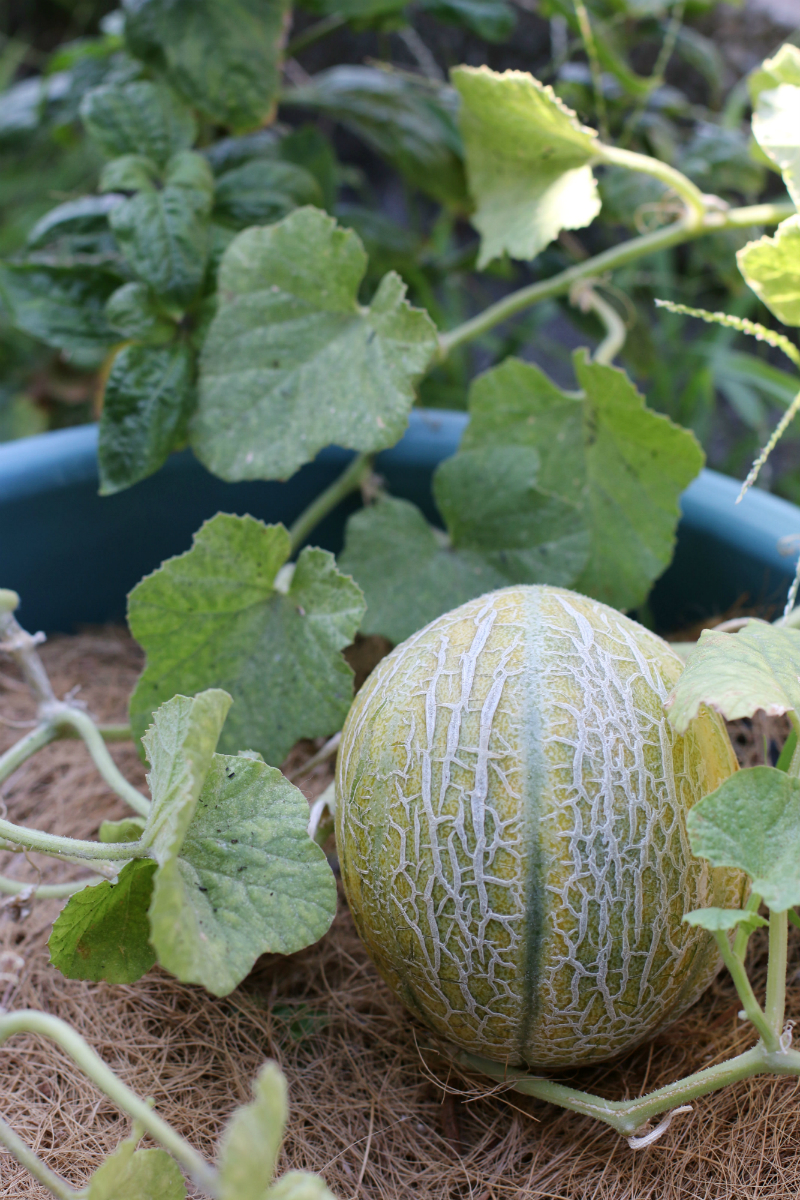
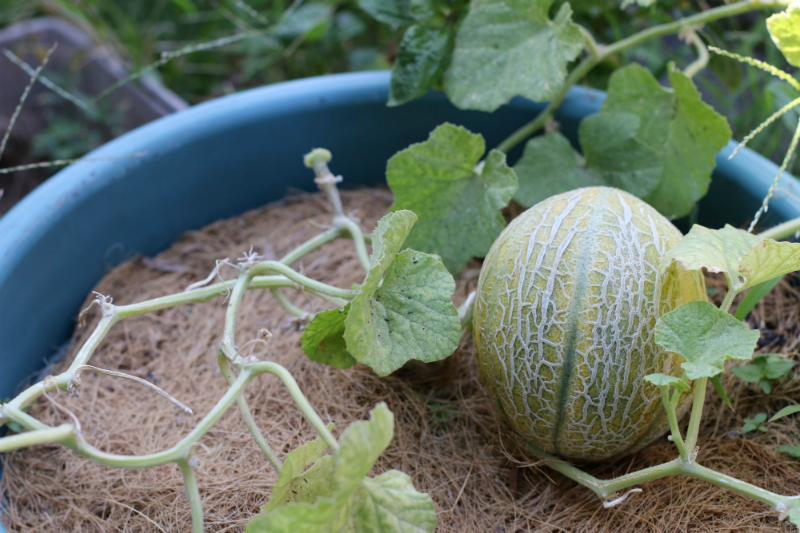
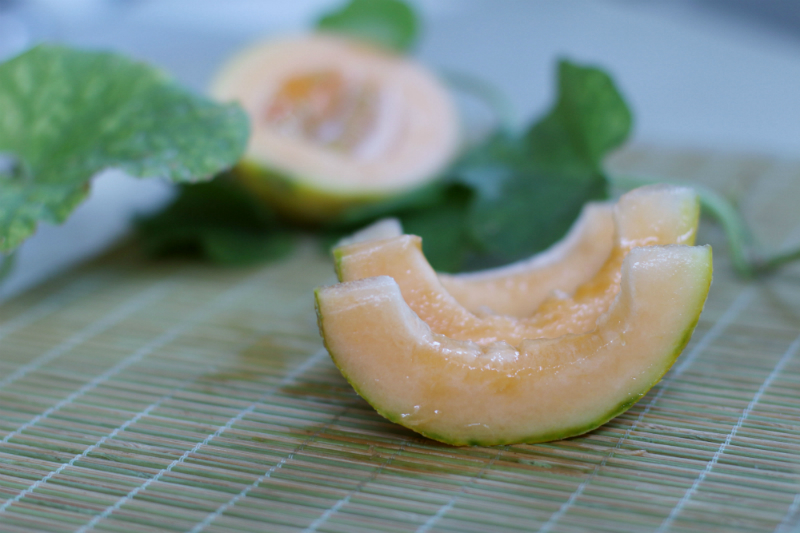
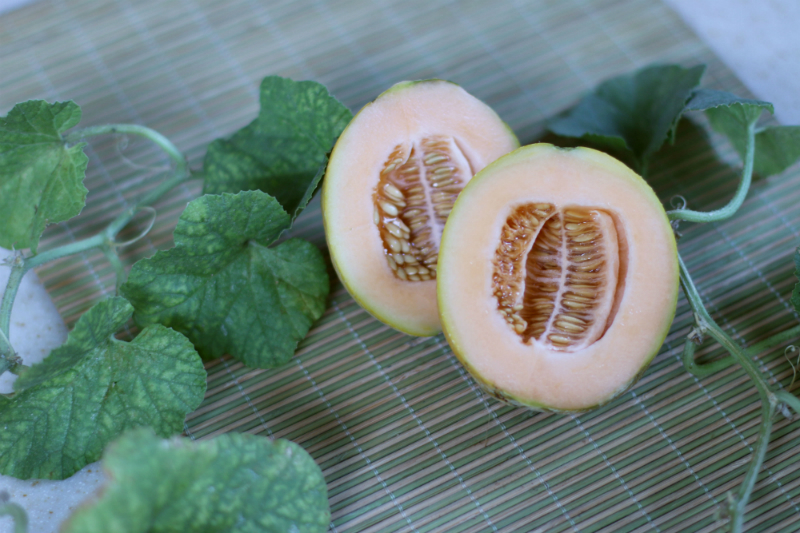
If you are into gardening, growing fruits from vines is a fun and challenging experience that I would recommend. There’s nothing like slicing a sweet, homegrown melon in half and seeing the seeds and juices flow on the chopping board. It was such a refreshing and delightful moment! If you would like to give it a try, I would encourage you to plant the seeds in January or February, so you can harvest it by March or April. Fruit-bearing vines don’t grow well during the rainy season. Hopefully, I can try to grow more early next year.
For more gardening updates and tips, feel free to visit the ff. pages of ANYONE CAN GARDEN. :)
